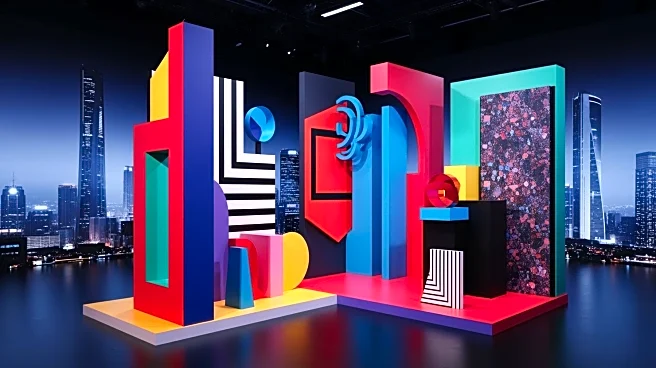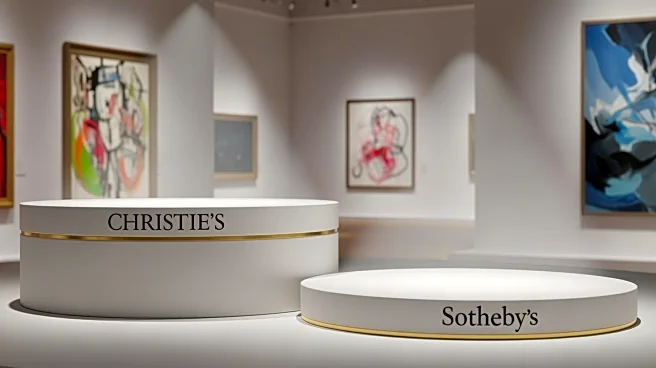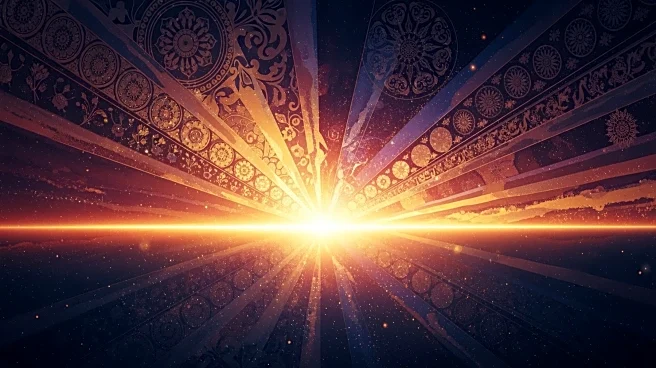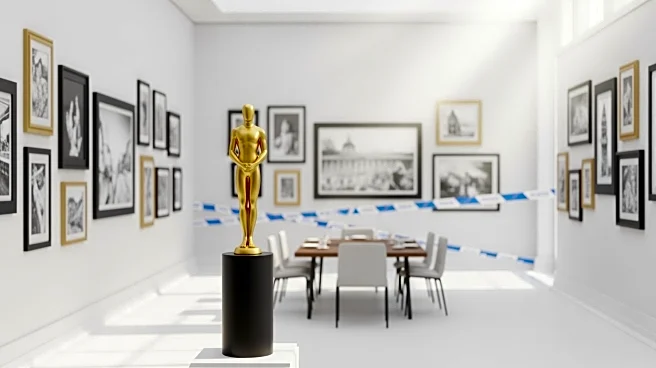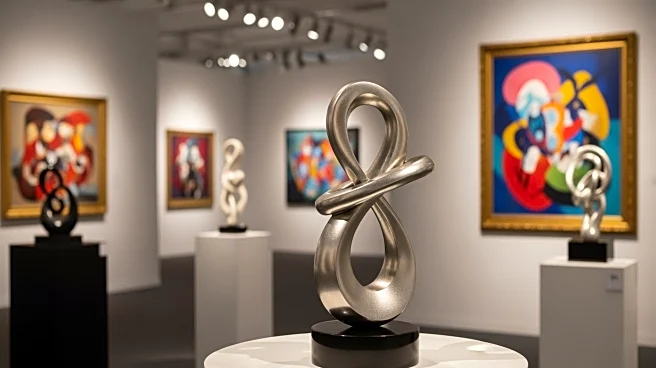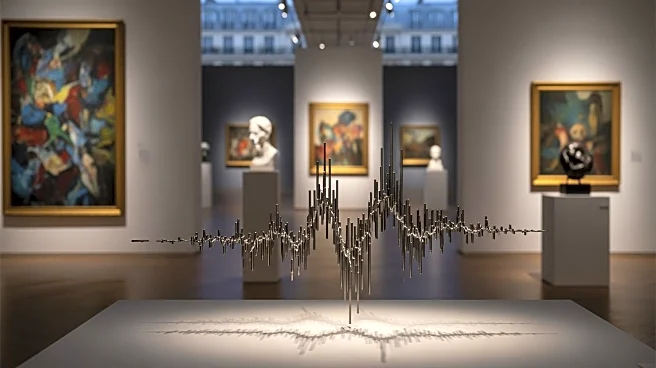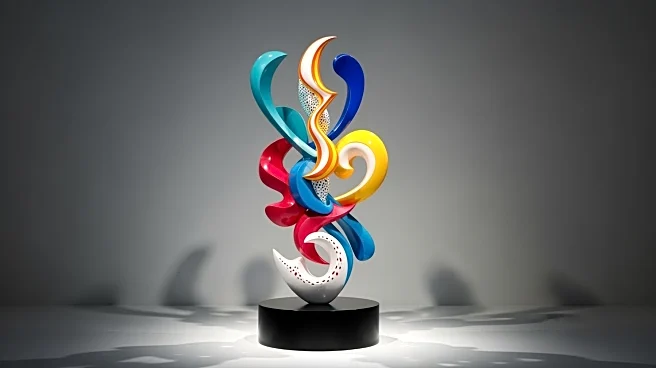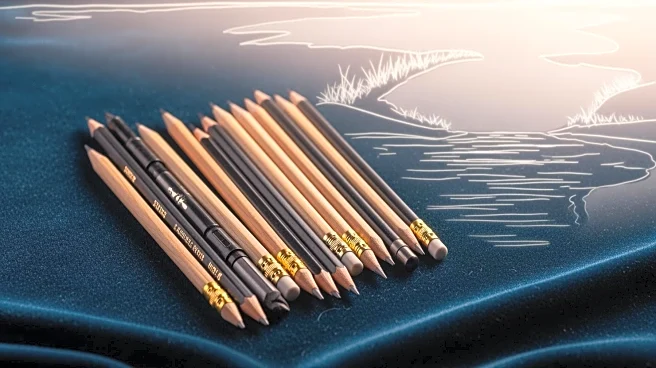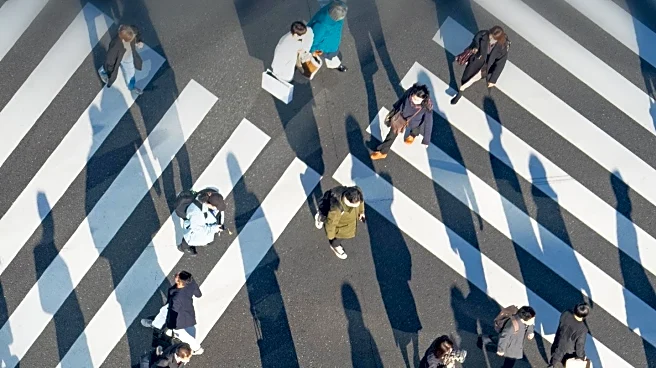What's Happening?
The art world is undergoing significant changes as new power centers emerge, challenging the traditional dominance of New York and London. This shift is driven by the economic growth in Asia, post-Brexit developments in Paris, and strategic cultural investments
in the Gulf region. These changes are spotlighting new artists, catalyzing new collectors, and attracting global art events to establish satellite projects. The Business of Fashion is expanding its coverage of these developments, aiming to provide analytical journalism that serves both art industry insiders and fashion executives. The publication has launched a special series titled 'Rethinking the Art World,' which explores the art market's current challenges and areas of dynamism.
Why It's Important?
The transformation of the art world has significant implications for global cultural and economic landscapes. As new power centers emerge, they not only redefine the art market but also influence cultural strategies worldwide. This shift could lead to a redistribution of cultural capital, with emerging markets gaining prominence. Established auction houses like Sotheby's and Christie's are adapting their strategies to maintain competitiveness amid declining revenues. The evolving art market dynamics could also impact how art is funded, created, and sold, potentially altering the traditional art value chain. Stakeholders in the art industry, including artists, collectors, and galleries, must navigate these changes to remain relevant.
What's Next?
As the art world continues to evolve, stakeholders are likely to see further shifts in market dynamics. Auction houses may continue to innovate their business models to capture new market opportunities. Emerging art hubs in Asia and the Gulf could attract more global art events and collaborations, further decentralizing the art market. Additionally, the role of technology and digital platforms in art sales and exhibitions may expand, offering new avenues for engagement and revenue. The ongoing transformation presents both challenges and opportunities for the art industry, requiring adaptability and strategic foresight from all involved.
Beyond the Headlines
The reshaping of the art world also raises questions about cultural representation and inclusivity. As new regions gain influence, there may be a broader diversification of artistic voices and narratives. This could lead to a more inclusive art market that reflects a wider range of cultural perspectives. However, it also poses challenges in terms of maintaining artistic integrity and avoiding commercialization. The ethical implications of cultural patronage and the role of private collectors in shaping public art discourse are also areas of concern that warrant further exploration.
